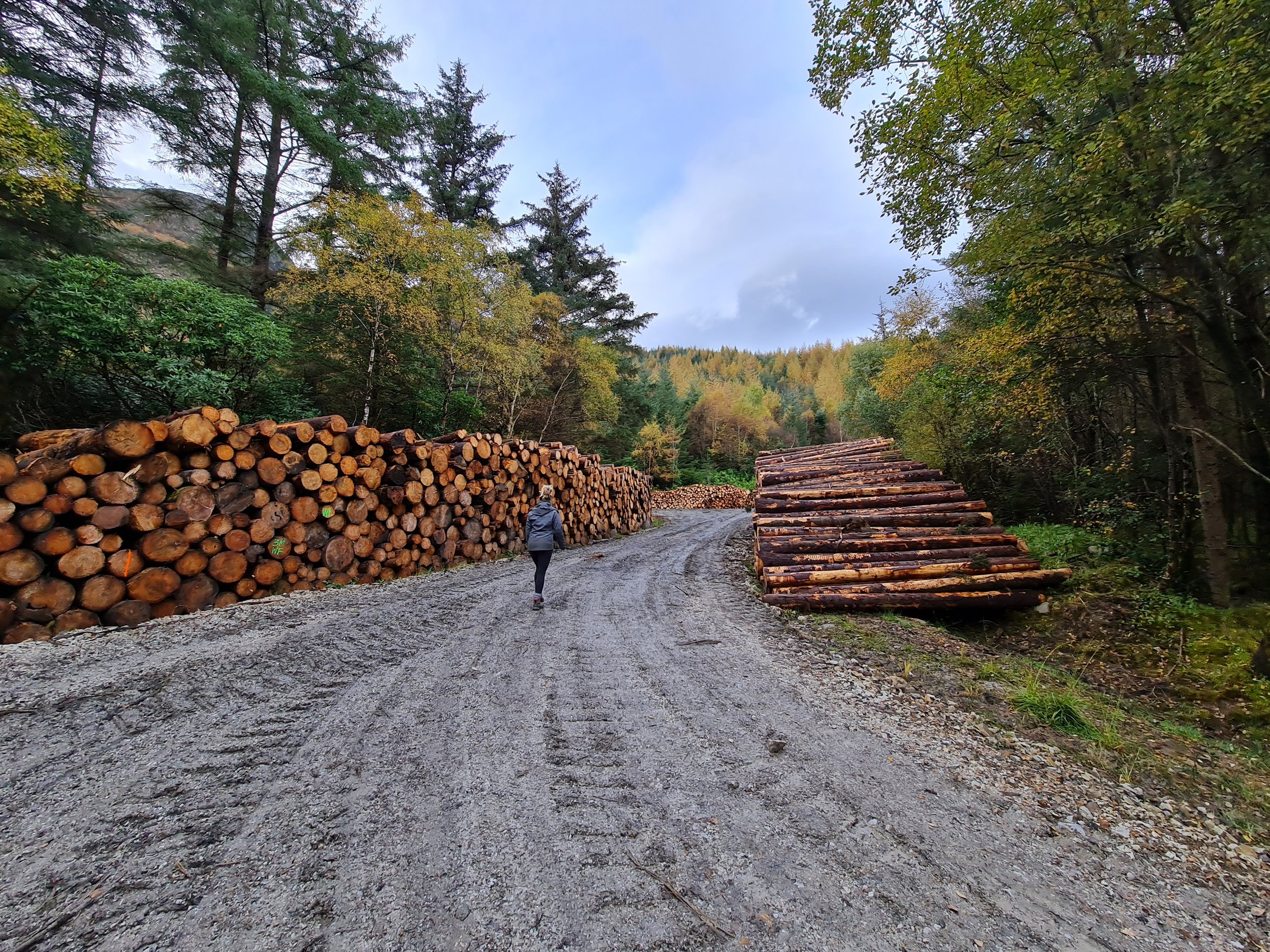Hybrid Framing
Benefits of hybridising your timber frame package
As an independent designer at OSOTIMBER, we have the unique advantage of being able to offer a design and supply package that integrates various timber framing disciplines. This approach allows us to create a truly bespoke and tailored solution for self-build projects.
By drawing from multiple timber framing disciplines, such as traditional, contemporary, and hybrid techniques, we can blend the best aspects of each to cater to the specific needs and preferences of our clients. This tailored approach ensures that every aspect of the design and supply package is carefully crafted to fit the individual requirements of the project.
Our independence allows us the flexibility to explore creative solutions and think outside the box when it comes to marrying different timber framing disciplines. This freedom enables us to push boundaries and create innovative designs that are not constrained by a single approach.
Ultimately, by offering a design and supply package that integrates various timber framing disciplines, we can deliver a truly unique and personalised experience for self-build projects. Our goal is to provide our clients with a solution that reflects their vision, while also ensuring the highest standards of craftsmanship and quality in every aspect of the project.
Pros and Cons of Hybrid Timber Frames
Pros and Cons of Hybridising Timber Frame Building Methodologies
Pros:
1. Increased Flexibility: By combining different timber frame building methodologies, builders have more flexibility in design and construction approaches. This allows for greater customisation to meet specific project requirements.
2. Optimised Performance: Hybridising timber frame techniques can result in improved structural integrity and overall performance of the building. By leveraging the strengths of different methodologies, builders can create more resilient structures.
3. Cost Efficiency: Depending on the specific combination of techniques used, hybridising timber frame building can lead to cost savings. Builders can choose cost-effective methods for different aspects of the construction whilst still maintaining quality.
4. Enhanced Sustainability: Timber frame construction is already known for its environmental sustainability. By hybridising techniques, builders can further enhance the eco-friendliness of the project by incorporating innovative green building practices.
Cons:
1. Complexity: Incorporating multiple timber frame building methodologies can introduce complexity to the construction process. This may require additional training for builders and meticulous planning to ensure smooth execution.
2. Compatibility Issues: Not all timber frame building techniques may be compatible with each other. It's crucial to carefully evaluate how different methodologies will work together to avoid conflicts during construction.
3. Quality Control: Hybridising timber frame building methodologies may pose challenges in maintaining consistent quality throughout the project. It's important to closely monitor each technique's implementation to ensure the final structure meets the desired standards.
4. Increased Risk: Introducing new or untested timber frame techniques in a hybrid approach can always increase the risk of construction issues or failures. Designers and builders need to conduct thorough research and testing to mitigate these potential risks.

Bear with us we are still developing this page.


